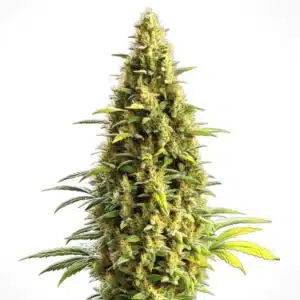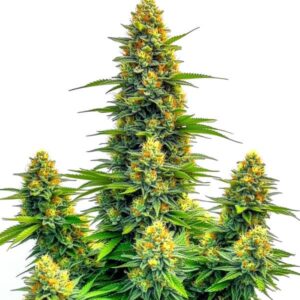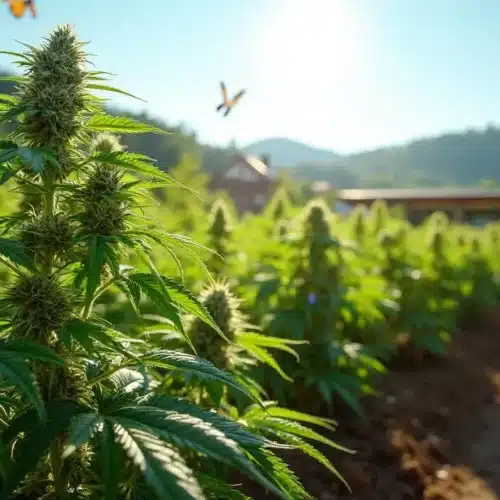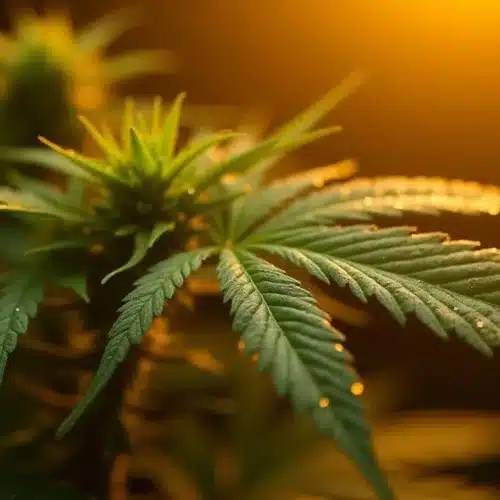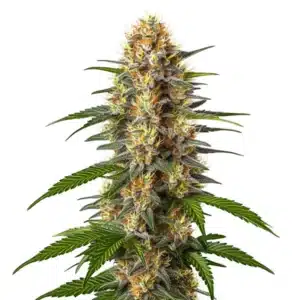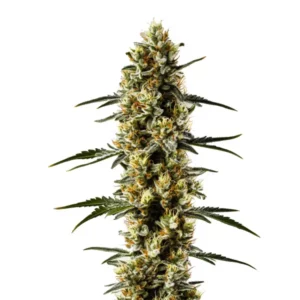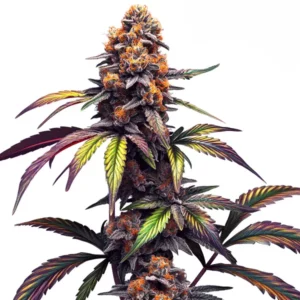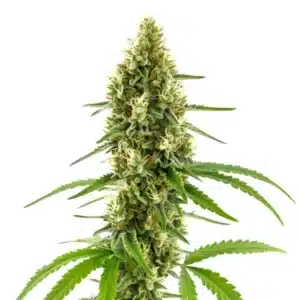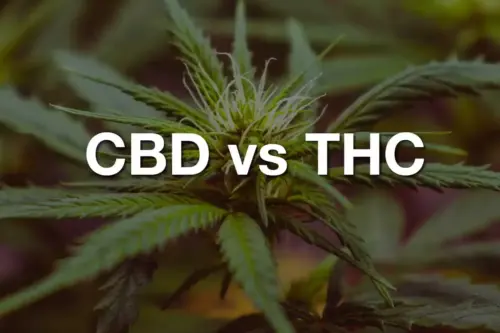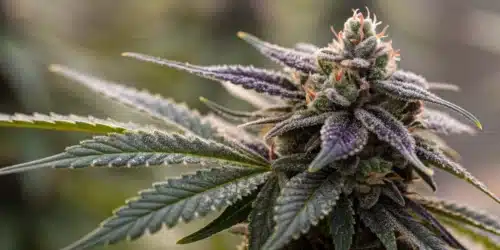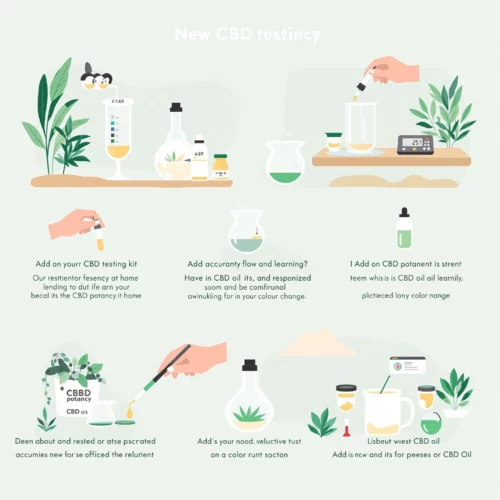Chemical Composition and Molecular Structure
The chemical makeup of these substances shows a clear difference between cbd and cbg. Both compounds are cannabinoids found in the cannabis plant. Their molecular structures have slight variations that affect how they work in the body. Researchers note that even small differences in atom arrangement can lead to unique benefits. This point highlights the importance of knowing each compound separately while comparing them to see the difference between cbd and cbg in real applications.
The compounds share a similar carbon backbone with slight changes in their side chains. These differences influence the way receptors in the body react. Many consumers and professionals mention the difference between cbd and cbg when selecting products for wellness. This article explains these nuances with simple terms to help anyone, including young readers, grasp the science behind them.
CBD Chemical Structure: difference between cbd and cbg
CBD has a unique ring structure that sets it apart from CBG. Its arrangement of carbon, hydrogen, and oxygen makes it more common in the cannabis plant. The chemical bonds in CBD allow it to interact effectively with the endocannabinoid system. Experts point out that the difference between cbd and cbg partly stems from these structural variations. This structure also contributes to the soothing properties often attributed to CBD.
CBG Chemical Structure
CBG’s structure differs slightly by having an extra chemical group that affects its function. The molecule shows a less complex ring system compared to CBD. This variation means CBG works in the body in a way that complements other cannabinoids. The subtle modifications in its chemical structure help to explain why the difference between cbd and cbg matters for users seeking specific benefits. The distinction in molecular design plays a key part in its unique properties.
Promos & Deals
Extraction and Production Methods: difference between cbd and cbg
Extraction methods vary widely between the two compounds and emphasize the difference between cbd and cbg. The processes used aim to preserve purity and potency. Producers use methods like CO2 extraction, ethanol washes, or oil infusion to obtain these cannabinoids. Each technique affects the final product’s quality and composition. This section details how manufacturing methods help maintain the integrity of each compound while ensuring that the difference between cbd and cbg is evident in every step.
Different procedures require distinct technical adjustments due to the compounds’ natural properties. Skilled technicians modify processes to handle each cannabinoid delicately. The variation in concentration and stability makes it necessary to use tailored techniques. Such methods highlight the difference between cbd and cbg as they require separate handling for maximum effectiveness. The production stage is critical for ensuring that both compounds meet consumer needs reliably.
CBD Extraction Techniques
CBD extraction often uses CO2 or ethanol-based methods. These techniques ensure that the compound retains its benefits without contamination. Short, efficient steps help maintain high purity levels in the final product. Manufacturers carefully control temperature and pressure during extraction. The process supports the difference between cbd and cbg by focusing on preserving CBD’s natural compounds. This precision allows for a safe and effective extraction method that is widely trusted.
CBG Extraction Techniques
CBG extraction demands specialized techniques due to its lower abundance in the plant. Producers may use selective breeding and precise processing to obtain a high-quality extract. This method typically involves similar solvents as used for CBD but with adjusted conditions. These adaptations help secure a consistent and potent product. In many cases, the unique extraction process contributes to the perceived difference between cbd and cbg in terms of yield and purity. The methods guarantee that consumers receive the best possible form of CBG.
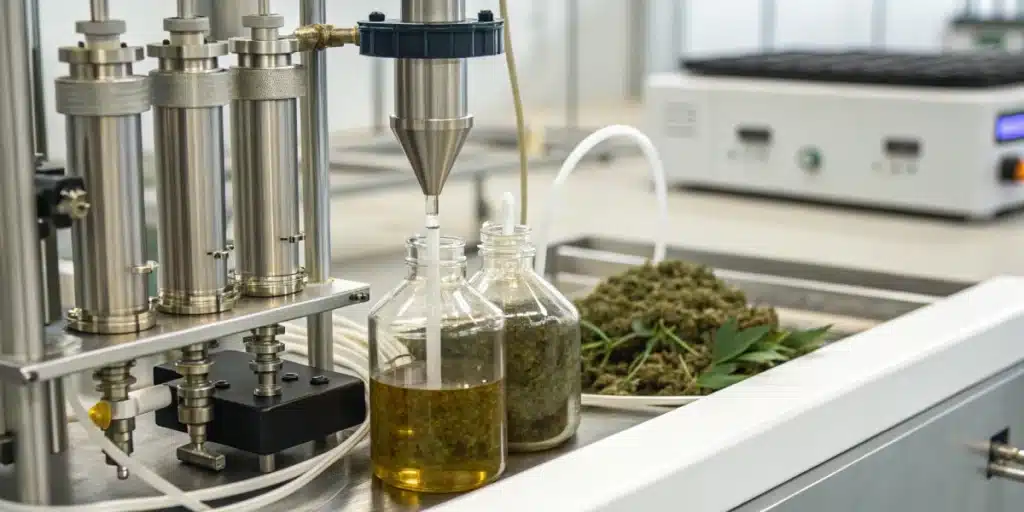
Therapeutic Benefits and Applications: difference between cbd and cbg
The therapeutic benefits of these cannabinoids highlight the difference between cbd and cbg in real life. Both compounds are studied for their potential to relieve symptoms in various conditions. CBD often supports relaxation and pain management, while CBG shows promise in reducing inflammation and supporting mental clarity. This article uses simple language to compare their uses and explain why each substance matters in everyday wellness routines.
Studies and clinical observations show that each compound interacts differently with the body’s receptors. Some users prefer one over the other based on the effects they notice. The difference between cbd and cbg can be seen in their applications for sleep, mood, and physical discomfort. Such details help customers make informed choices without confusing technical details. The information here is designed to be clear and direct for all readers.
CBD Health Benefits
CBD is known for its calming effect and has been linked to reducing anxiety and pain. Its interaction with receptors in the brain and body supports these benefits. Many users report that CBD helps them relax and sleep better. This consistent feedback reinforces the difference between cbd and cbg when it comes to managing discomfort. Its health benefits are recognized by many professionals who appreciate its natural soothing properties.
CBG Health Benefits
CBG shows promise in easing inflammation and supporting eye health. Preliminary studies suggest that CBG might assist with conditions like glaucoma and inflammatory bowel issues. Its role in maintaining a balanced mood and alertness is often compared with CBD’s calming influence. The difference between cbd and cbg is evident in these varied applications. This compound is receiving attention for its unique benefits in targeting specific health concerns.
Usage and Consumption Methods
Various consumption methods make each compound appealing in different ways, emphasizing the difference between cbd and cbg. Consumers can choose from oils, tinctures, edibles, and vape options. The variety ensures that people can enjoy cannabinoids in forms that suit their needs. Clear instructions and simple dosing help users feel confident in their choices. This section explains common usage techniques in plain language that anyone, even a young reader, can follow.
Each method offers a unique delivery mechanism to the body. Whether taken sublingually or mixed into food, the effects can vary based on personal preferences. The clear difference between cbd and cbg often influences the choice of consumption method. Detailed descriptions help readers decide which option might work best for their daily routine. The language remains accessible and direct throughout the text.
CBD Consumption Options
CBD is popular in oil drops, capsules, and topical creams. These forms provide flexible ways for users to enjoy its calming effects. The product labels clearly show dosage instructions that help consumers avoid confusion. Many turn to CBD because it is easy to add to daily habits without complications. The consumption options illustrate the difference between cbd and cbg by offering varied effects and user-friendly applications that are widely available.
CBG Consumption Options
CBG is available in similar forms, including oils and edibles, yet it requires careful handling due to its lower natural presence. Consumers appreciate products that maintain consistency in dosing. The methods of ingestion are straightforward and designed to deliver the compound effectively. The preparation techniques emphasize the difference between cbd and cbg. Users find that CBG may offer a more targeted benefit when used in specific product forms that focus on its unique attributes.
Legal Status and Market Trends: difference between cbd and cbg
Market regulations vary widely for these cannabinoids, making the difference between cbd and cbg important for buyers. Laws and policies differ across regions and affect product availability. Many countries have clear rules that separate CBD from other compounds, while CBG faces similar but distinct regulations. Consumers and retailers must follow these rules to ensure safe, legal transactions. This section offers simple, factual details on legal matters that anyone can understand.
Market trends also show evolving consumer interests and regulatory adjustments. Retailers and buyers pay close attention to legal updates to stay compliant. The variation in legal frameworks supports the difference between cbd and cbg as each compound is subject to different testing standards and safety protocols. This information helps readers navigate the market confidently and make choices based on verified legal criteria. The text uses plain language to explain complex legal environments without unnecessary jargon.
CBD Legal Framework
CBD is legally accepted in many regions if it meets specific purity standards. Regulations often focus on ensuring product safety and accurate labeling. Retailers must comply with established norms to sell CBD-based items. The clear rules on production and distribution underline its established market presence. These standards support a stable environment where the difference between cbd and cbg is clearly defined. Customers benefit from transparency and strict quality checks that protect their purchases.
CBG Regulatory Perspectives
CBG regulations tend to mirror those of CBD, though they sometimes lag behind due to lower market presence. Authorities work to adapt existing frameworks to cover CBG products effectively. This process helps ensure that manufacturers follow safe practices and accurate testing. The detailed regulations support consumer confidence in both compounds. The difference between cbd and cbg becomes clear when legal standards are met consistently. This approach promotes trust among buyers and contributes to the overall market growth.
Additional In-Text Mentions
It is important to note that the difference between cbd and cbg extends beyond simple chemistry. Several factors, including extraction methods and consumer use, contribute to how each compound works. This clarity helps buyers feel secure when selecting products. Clear labeling and trustworthy practices reinforce the difference between cbd and cbg across various brands. The information provided in this article assists readers in making informed choices based on reliable facts.
In many cases, users find that the difference between cbd and cbg is evident in the results they feel. Both compounds support wellness in distinct ways. Consumers appreciate that the products are backed by scientific research and sound production practices. The discussion in this text ensures that buyers understand their options clearly without overwhelming details. Every fact aims to provide useful information that reinforces the difference between cbd and cbg in everyday choices.
Products on the market highlight how the difference between cbd and cbg can impact effects on sleep, mood, and inflammation. Simple usage instructions and consistent quality checks help maintain high standards. Trusted suppliers work hard to deliver products that accurately reflect the difference between cbd and cbg. This clarity builds consumer trust and supports a healthy market environment. The article uses everyday language to explain these topics so that anyone can easily understand the key points.
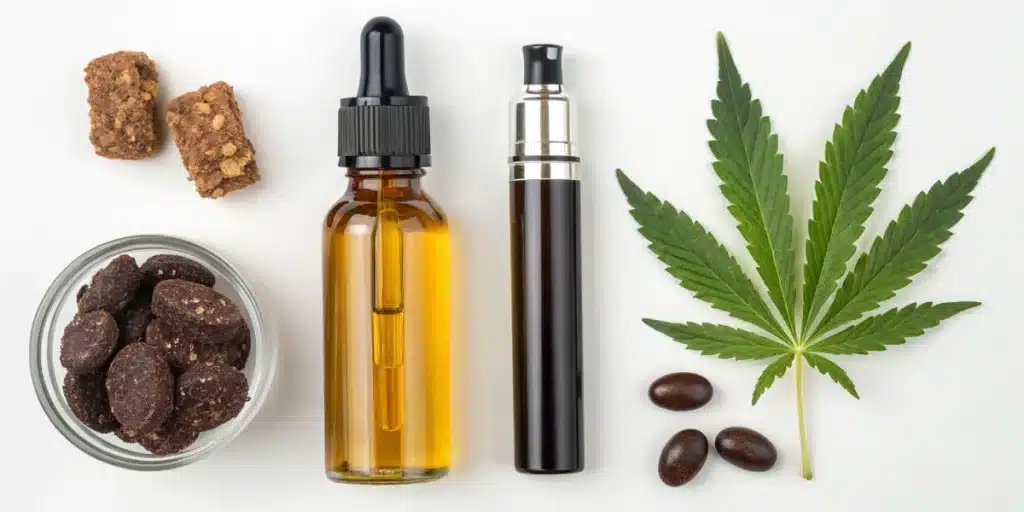
FAQs about Difference Between CBD and CBG
What is the main difference between cbd and cbg?
The primary difference between cbd and cbg lies in their chemical composition and interaction with the body’s receptors. CBD is more abundant in cannabis plants and is widely recognized for its relaxing effects. CBG appears in smaller amounts and is known for potential benefits in mood regulation and inflammation. Both compounds interact with the endocannabinoid system but produce distinct outcomes in the body. Overall beneficial.
How are cbd and cbg extracted differently?
CBD extraction typically uses methods such as CO2 extraction, ethanol, or olive oil techniques that preserve its delicate compounds and ensure purity. CBG extraction often requires selective breeding or refined processes due to its lower concentration in plants. The extraction methods are tailored to maximize yield and maintain compound integrity, resulting in variations in production practices between the two substances. They vary in efficiency significantly.
Are there legal differences between cbd and cbg?
Legal classifications for cbd and cbg differ by region and product formulation. Some areas regulate cbd as a supplement while treating cbg with similar leniency due to its lower presence in plants. Regulations focus on product safety, marketing, and consumer transparency rather than the compounds’ inherent properties. Legislation evolves over time, requiring buyers to stay informed from reputable sources to ensure compliance with local laws.


